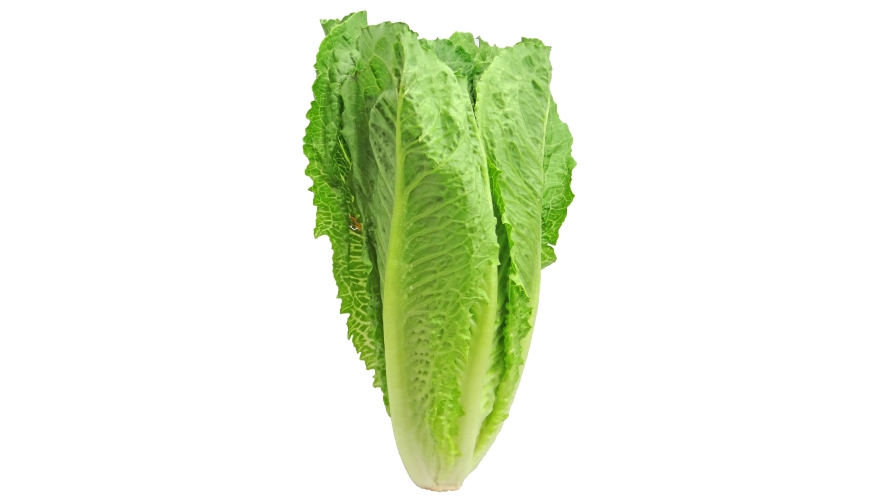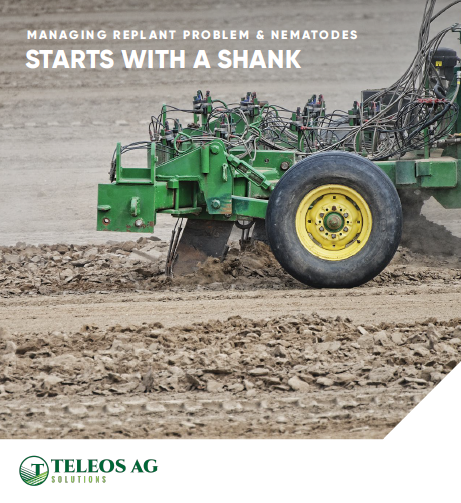It’s Confirmed. Romaine Took a Hit in 2018 [Opinion]
 Back in February, I toured Top Flavor Farms for a few hours with Mike Clements, the operation’s Farm Manager, peppering him with questions. I wanted to get his view for how the 2018 Yuma-linked E. coli outbreak affected local operations. He gave me valuable insight, and American Vegetable Grower columnist, University of Arizona’s John Palumbo, who rode in the back seat, added his own impressions. You can read the resulting article here.
Back in February, I toured Top Flavor Farms for a few hours with Mike Clements, the operation’s Farm Manager, peppering him with questions. I wanted to get his view for how the 2018 Yuma-linked E. coli outbreak affected local operations. He gave me valuable insight, and American Vegetable Grower columnist, University of Arizona’s John Palumbo, who rode in the back seat, added his own impressions. You can read the resulting article here.
These type of conversations are key to my reporting. I talk not only to growers and Extension agents, but anyone else who may have insight into what the American Vegetable Grower team is working on.
After these opinions, the second most important reporting tools are government reports and statistics. In fact, throughout the past year’s E. coli outbreaks, FDA records were often all I had to rely on.
Normally when I’m trying to get an accurate picture of what’s happening nationwide, I’ll turn to a different federal agency: USDA. It shares data on production levels, consumption, and so on. Yet this past year I spent a lot of time fruitlessly searching USDA’s charts and tables trying to track romaine data.
Sometimes finding the data you want on USDA’s site is like finding a katydid in a forest. You know it’s there somewhere, but good luck figuring out which “leaf” is actually an insect. But this morning, I finally stumbled across data I’ve hunted for the past few months: romaine production and consumption in 2018.
We all knew the devastating E. coli outbreaks had an impact, but how much? Below are a few things I learned.
Romaine Took a Hit
The numbers look just as we all thought they might. Growers harvested 15% fewer acres of romaine in 2018 — a big drop in one year.
A few more figures flesh out what happened last year. The first is how much romaine Americans consumed, or “utilized” in USDA parlance. It dropped 20%.
The second figure is hurtful to see: the amount of romaine not sold. In 2016 and 2017, it was zero. The amount producers grew was so close to what they sold, the amount not sold was statistically nonexistent.
In 2018? That number grew to a whopping 203,600 cwt. Ouch.
Then there’s the money. Romaine brought in $727 million fewer dollars in 2018, dropping below $1 billion for the first time in four years.
(Story continues below the infographic.)

These national figures include growers not as heavily affected by the outbreaks. The numbers are likely starker for Yuma-area growers.
What does the future hold for romaine growers? Looking ahead, Clements sees nothing but good. And USDA stats back him up.
Romaine numbers in all areas have climbed over many years. Last year’s outbreaks delivered a blow, but the numbers were still higher than those in 2014. It’s a crop that still appeals to consumers, so I expect we’ll see a powerful rebound in 2019.









